Imagine drifting through the shimmering blue depths, sunlight filtering down in dancing patterns, when suddenly—what looked like a lump of coral vanishes in front of your eyes. One moment it’s there, the next, it’s gone, leaving you blinking in disbelief. This isn’t a magic trick or a glitch in your vision. You’ve just witnessed nature’s most astonishing disappearing act, performed by the fastest color-changer in the ocean: the octopus. With a flicker of skin and a flash of brilliance, these cephalopods achieve what seems impossible, confounding predators, enchanting divers, and dazzling scientists alike. How do they pull it off? The answer combines biology, evolution, and a dash of oceanic mystery.
Masters of Disguise: Octopuses in the Animal Kingdom
Octopuses stand alone as true masters of camouflage. While many animals rely on static patterns or seasonal color shifts, octopuses can alter their appearance in real time, faster than you can blink. This ability isn’t just for show—it’s often a matter of life and death. Surrounded by hungry predators in the open ocean, octopuses have evolved this incredible skill to blend seamlessly into almost any environment. They can mimic rocks, coral, sand, or even toxic sea creatures, baffling both prey and threats. For scientists and nature lovers, watching an octopus vanish against a reef is nothing short of breathtaking.
The Science Behind Instant Camouflage
What makes octopuses so exceptional at color change is their unique skin structure. Their skin is packed with specialized cells called chromatophores, iridophores, and leucophores. Chromatophores are tiny sacs filled with pigment; they expand or contract to reveal different colors. Just beneath them, iridophores reflect light in shimmering blues and greens, while leucophores scatter white light to match almost any background. All these layers work in perfect harmony, controlled by the octopus’s nervous system, allowing for split-second transformations. This is not just color change—it’s a living, moving masterpiece.
Meet the Champion: The Common Octopus
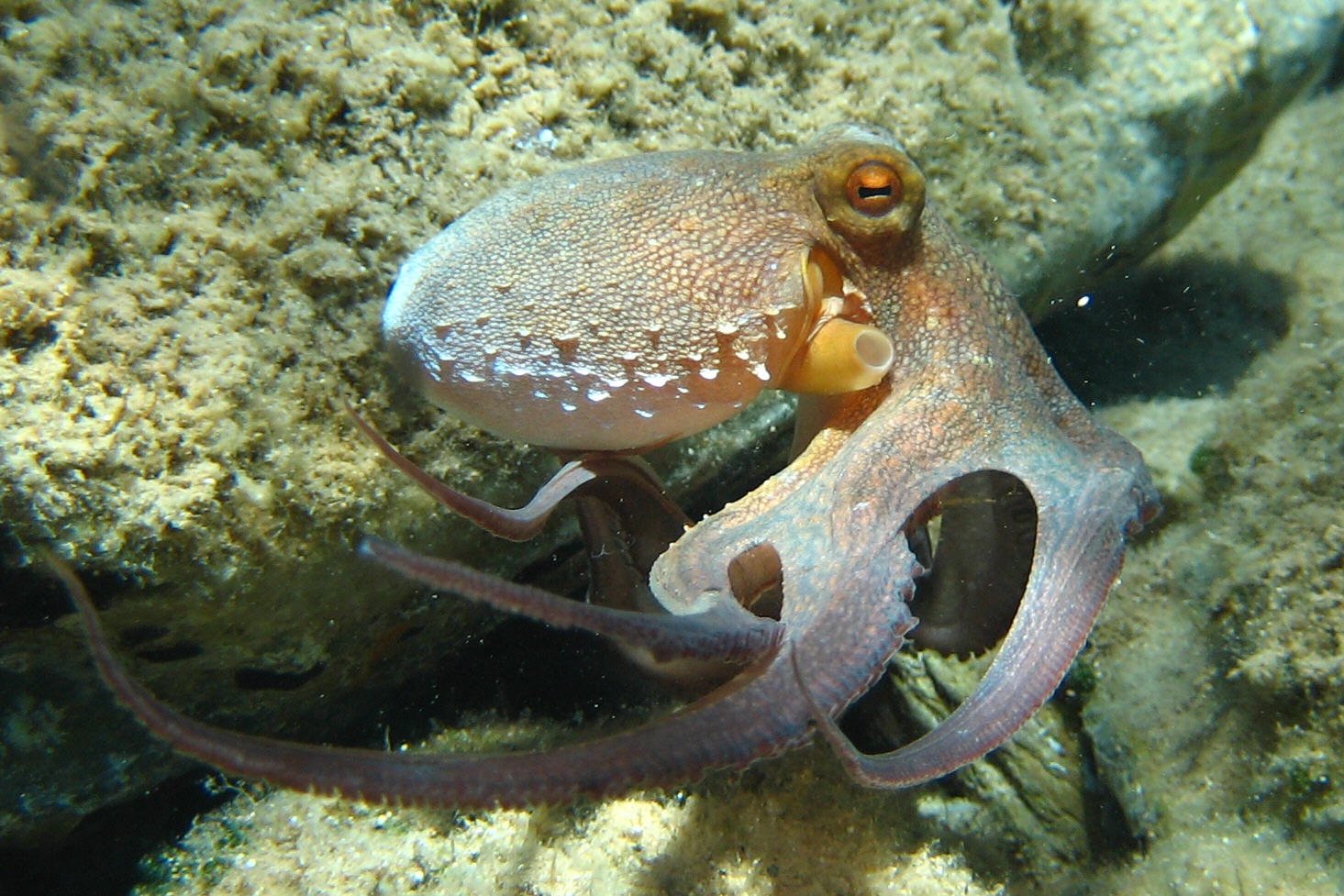
Among the many species of octopus, the common octopus (Octopus vulgaris) is the reigning speed champion. Found in warm and temperate seas across the globe, it’s famous for its lightning-fast color shifts. In less than a second, it can morph from a sandy beige to a spiky, mottled brown or even a dazzling red. Divers often recount stories of seeing a common octopus vanish into the seafloor or pop into view out of nowhere. This agility is key to its survival, helping it escape predators, sneak up on prey, and communicate with other octopuses.
How Fast Is ‘Fast’? Measuring the Blink of an Eye
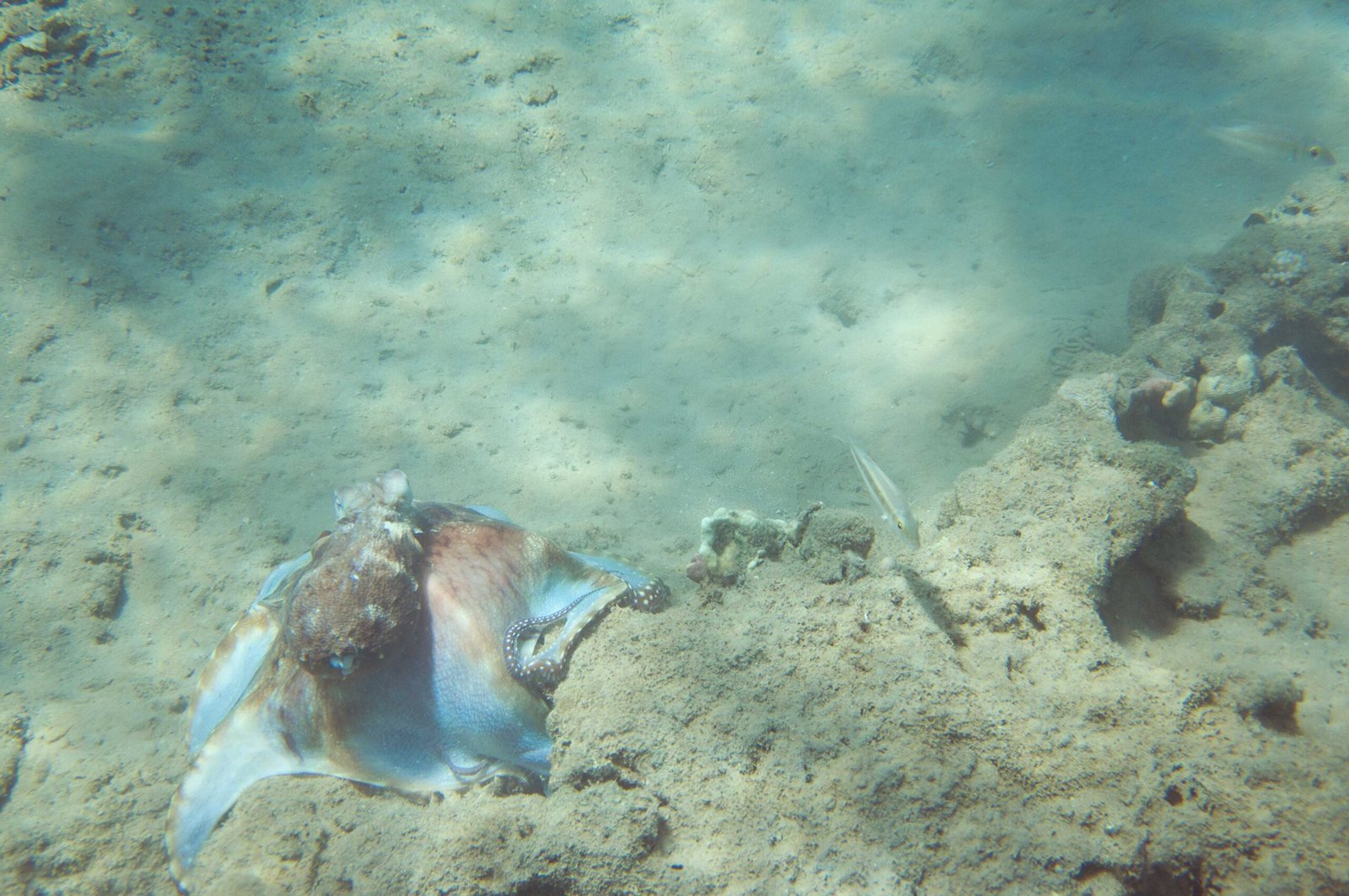
When scientists put octopus color change to the test, they found responses so quick it’s almost unbelievable. Some species can start shifting their color in as little as 50 to 100 milliseconds—faster than a human can snap their fingers. This instant reaction is triggered by visual cues from their environment. For example, if a shadow passes overhead, the octopus can immediately darken to avoid being spotted. It’s not just speed that’s impressive; it’s the precision, too. They match not only color but also texture, pattern, and even the way light falls on their bodies.
Why Disappear? The Survival Game
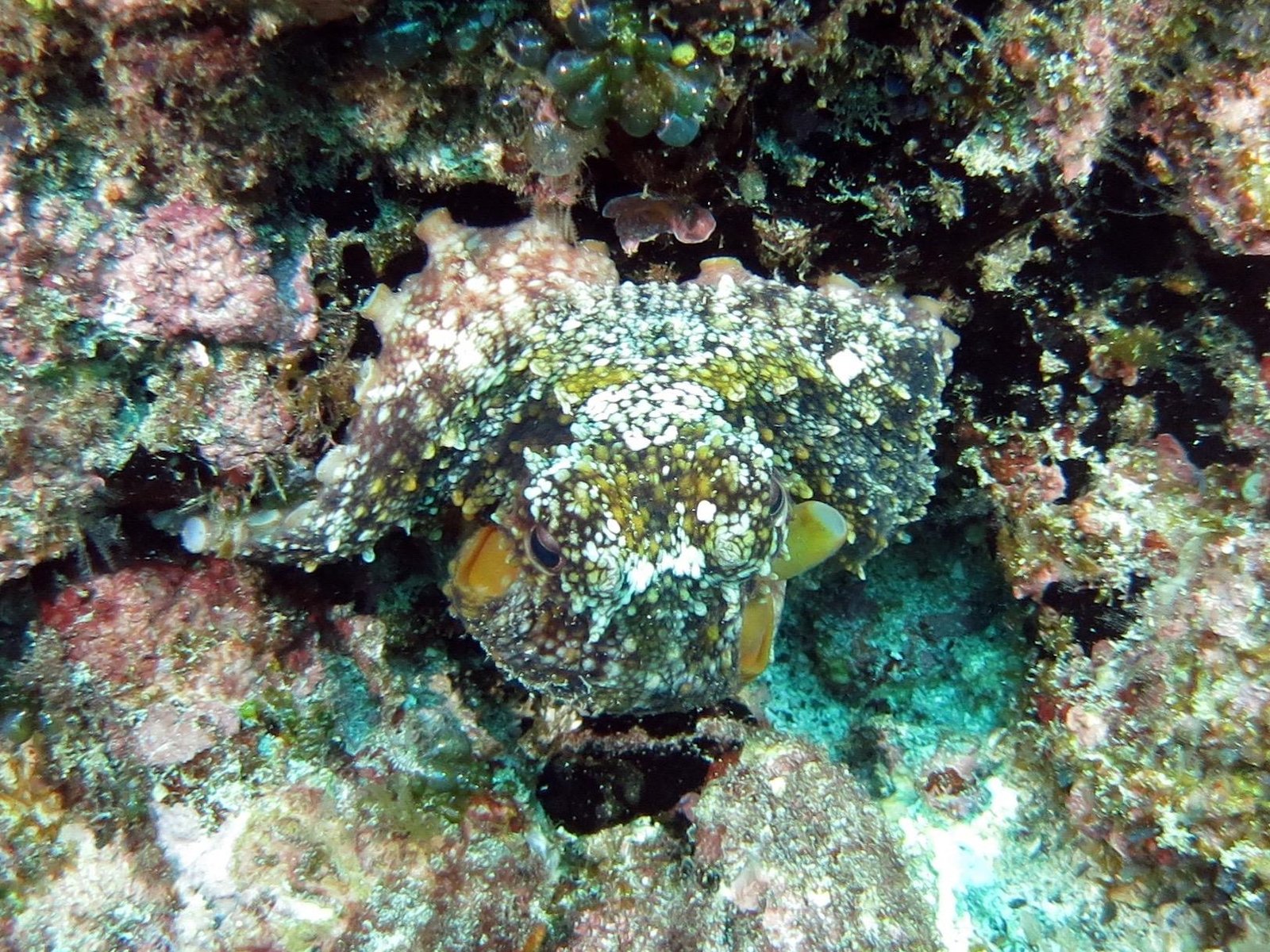
Camouflage isn’t just about hiding—it’s about surviving. Octopuses are soft-bodied, with no bones or protective shells, making them vulnerable to predators such as sharks, eels, and larger fish. The ability to disappear in a flash gives them a critical edge. By blending in with rocks or coral, they avoid detection altogether. Some even mimic the appearance of venomous creatures to scare off would-be attackers. This constant game of hide-and-seek shapes not only their behavior but also their entire evolutionary path.
Octopus Communication: More Than Just Hiding
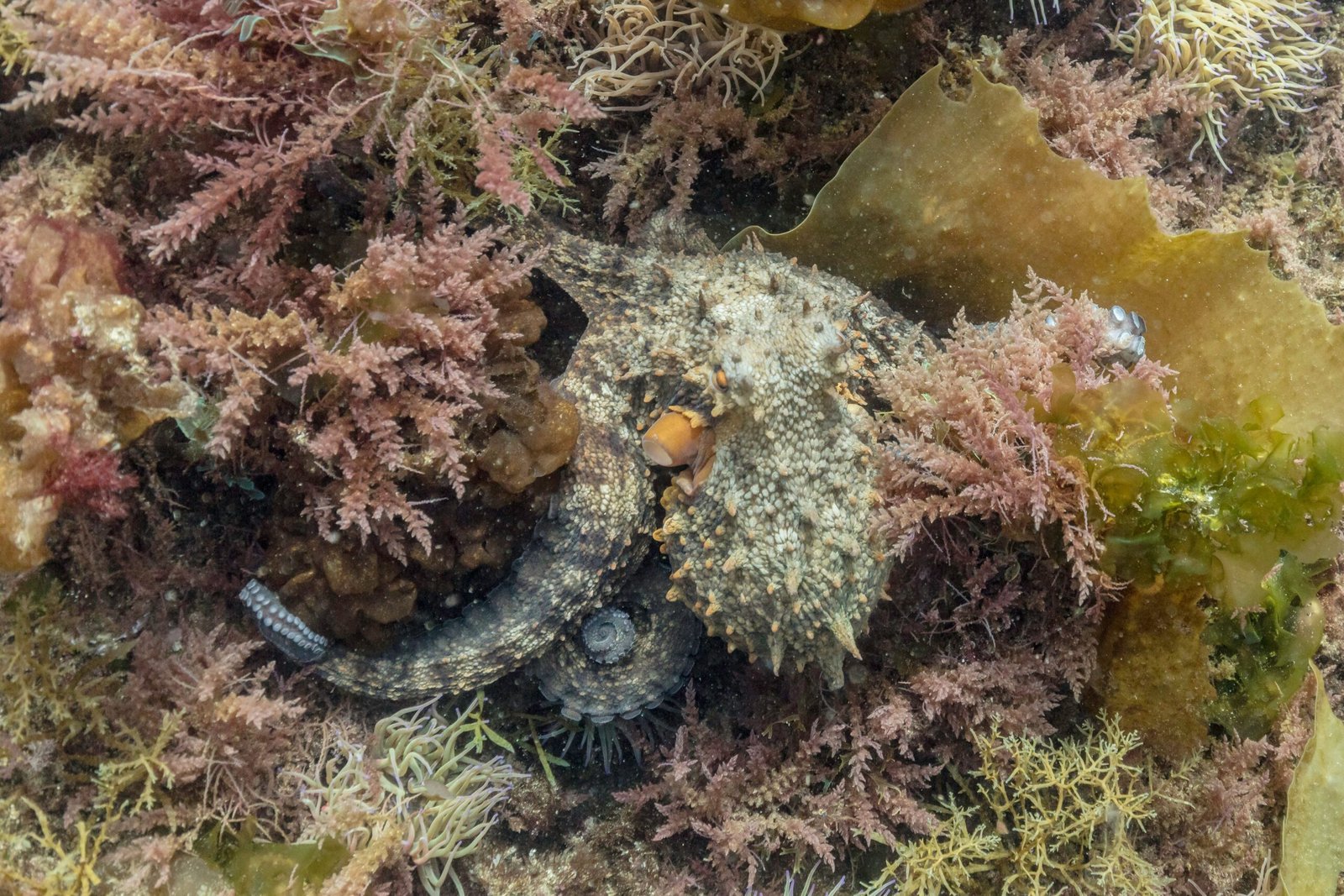
While camouflage keeps octopuses safe, their color-changing skills also serve as a secret language. During courtship or territorial disputes, they display bold flashes of color—fiery reds to warn rivals or calming blues to attract mates. These displays can be subtle or spectacular, depending on the situation. It’s a visual code, richer and more expressive than anything humans can achieve. Researchers are only just beginning to decode these signals, but it’s clear that color change is about much more than hiding in plain sight.
The Brainpower Behind the Color
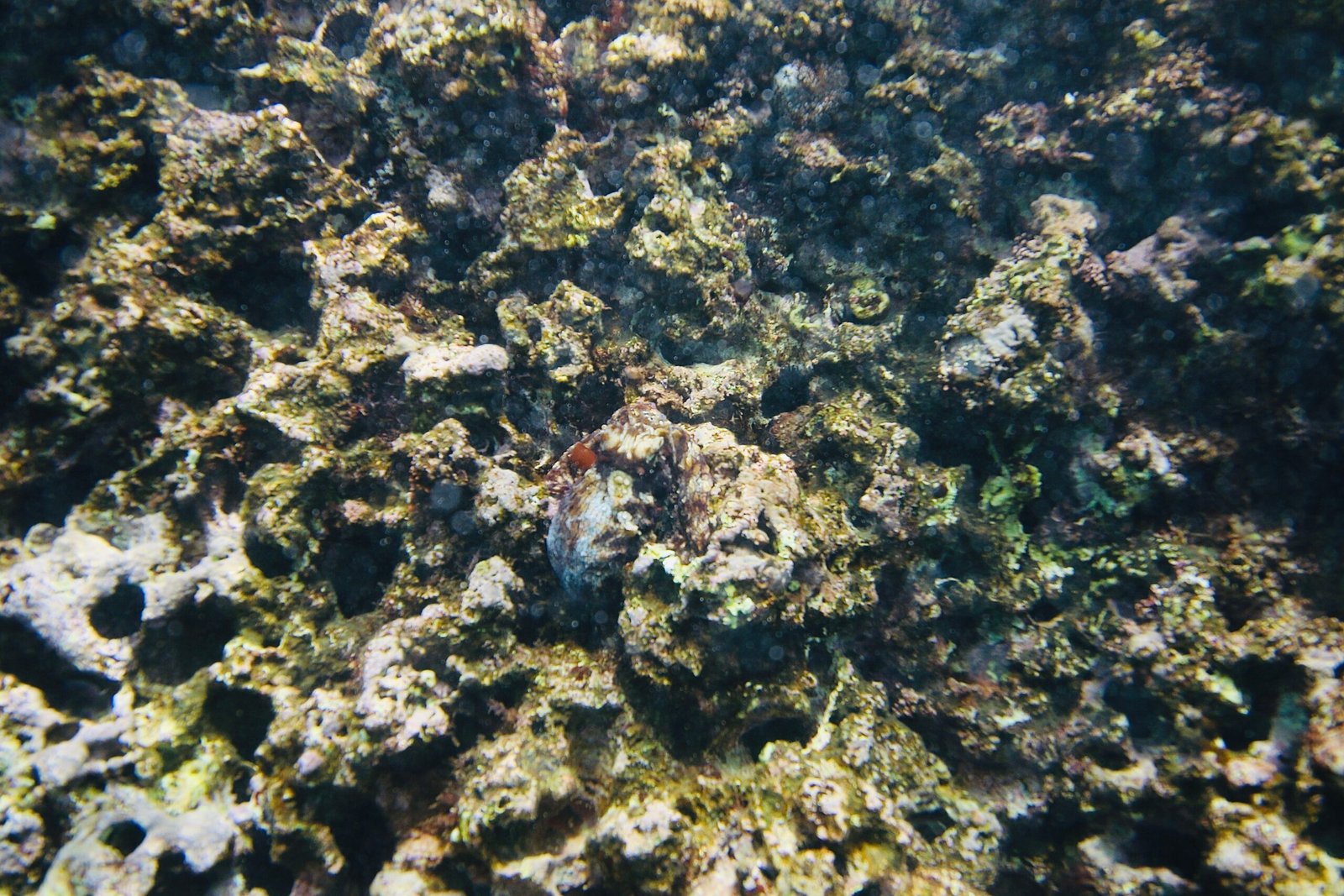
Octopuses are among the smartest invertebrates, with complex brains and highly developed nervous systems. Their color-changing abilities are not automatic; they require rapid processing of visual information and lightning-fast control over skin cells. Scientists have discovered that octopuses even have some visual processing capabilities in their arms, allowing them to react independently to their surroundings. This decentralized intelligence adds another layer to their astonishing skills. It’s as if each arm has a mind of its own, making real-time decisions to help the octopus vanish or reappear.
Texture Tricks: Not Just a Color Story
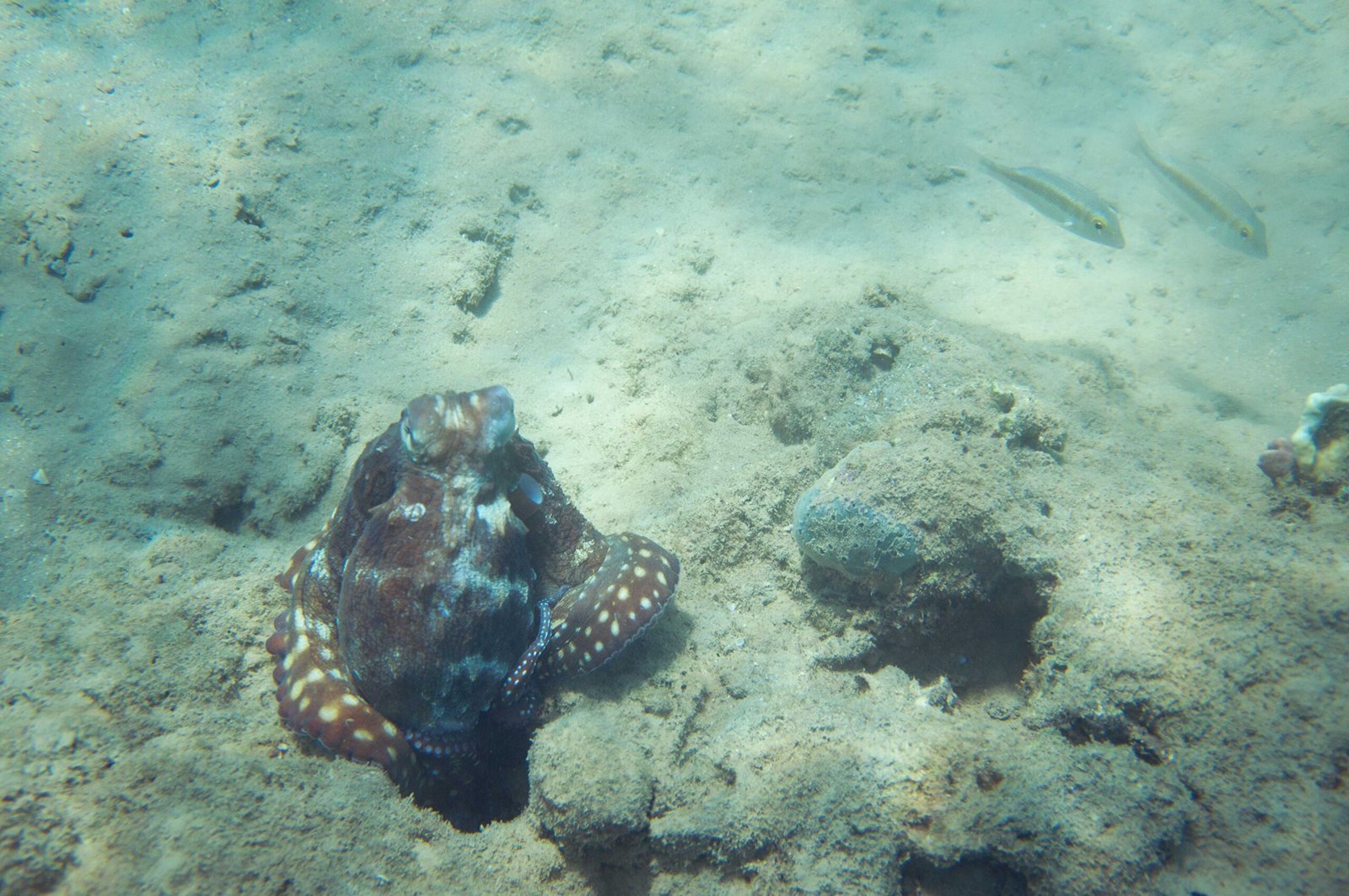
Astonishingly, octopuses don’t just change color—they can alter the texture of their skin as well. Muscles beneath the skin can form bumps, ridges, or spiky projections, helping them mimic the roughness of rocks or the smoothness of sand. This three-dimensional camouflage makes the illusion complete. For a passing predator, the octopus becomes invisible, both to the eye and to the touch. It’s a level of disguise so complete that even experienced divers sometimes miss them entirely.
Inspiration for Future Technology
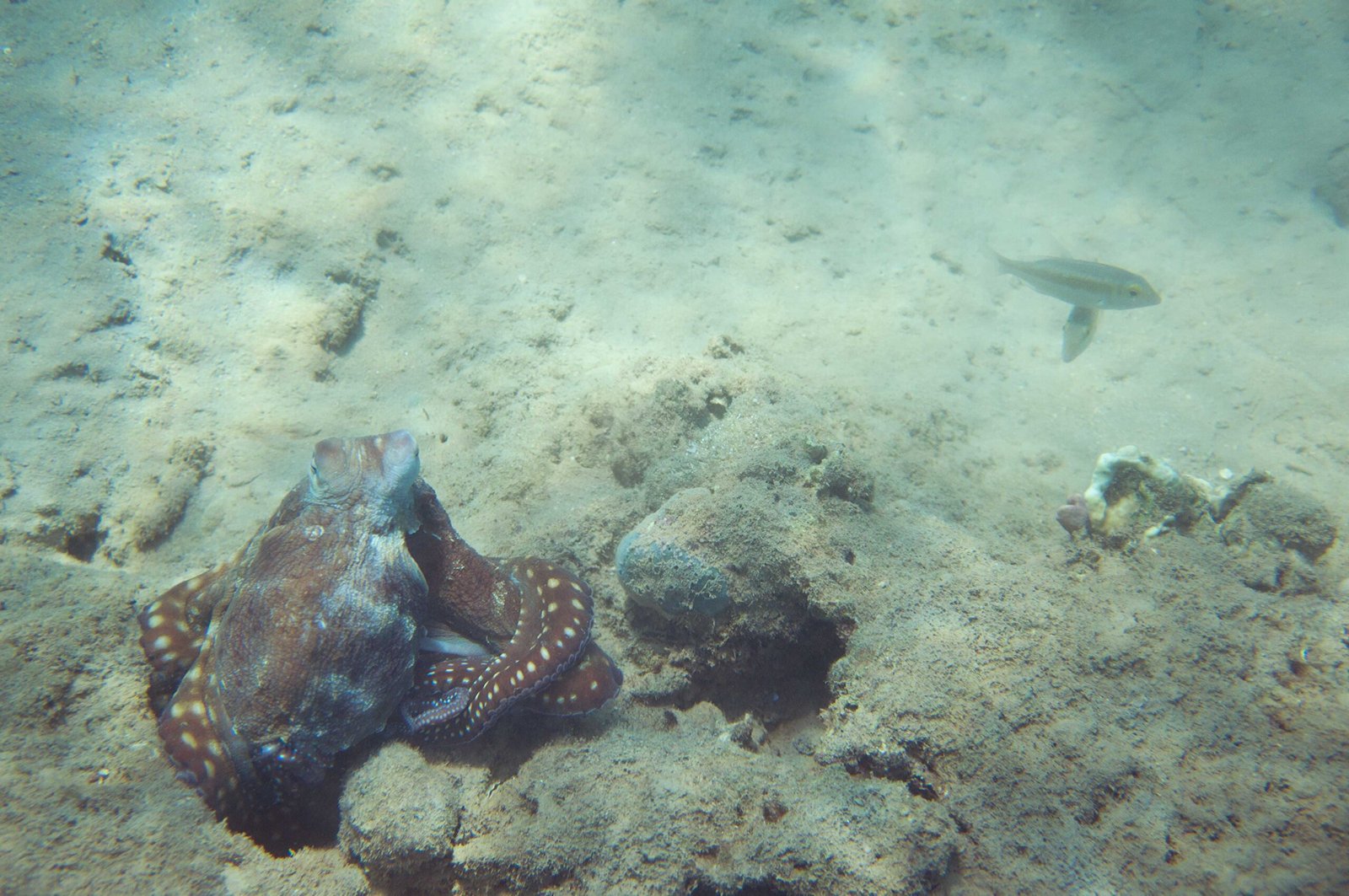
The octopus’s disappearing act is inspiring scientists and engineers in fields far beyond marine biology. Researchers are studying octopus skin to develop better camouflage materials for the military, smart clothing that changes color, and even medical devices that blend with human tissue. The dream is to replicate nature’s perfect design—materials that can shift, shimmer, or vanish at the touch of a button. While we’re still far from matching the octopus’s speed or subtlety, every discovery takes us a step closer.
Watching the Vanishing Act
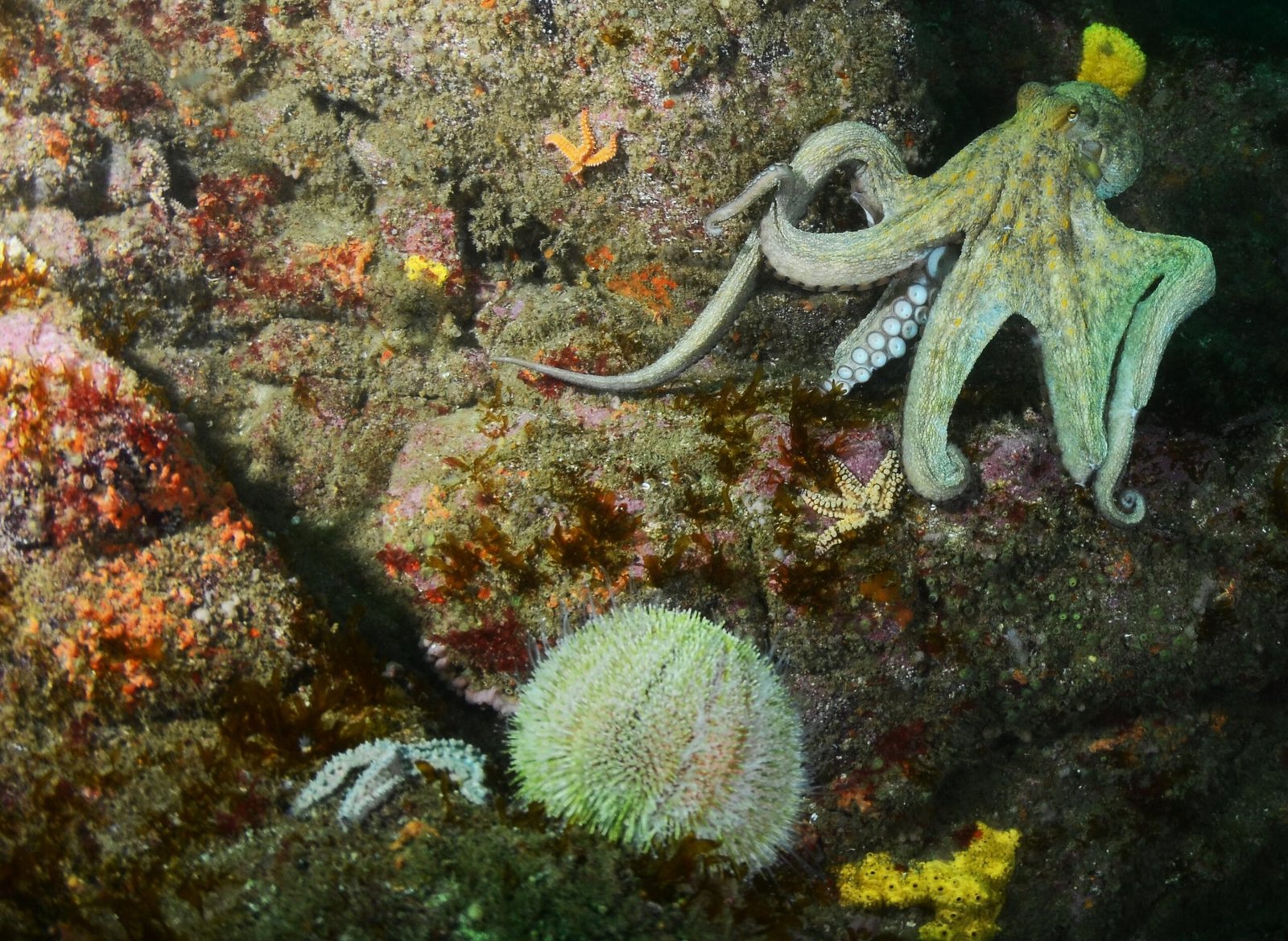
For those lucky enough to see an octopus in the wild, the experience is unforgettable. One second, you’re staring at a patch of seaweed or a lump of coral; the next, an octopus glides away, its colors rippling and shifting in a living light show. Even in aquariums, these creatures never fail to amaze visitors with their quick-change artistry. Their disappearing act isn’t just a defense—it’s a performance, a testament to the wonders of evolution and the mysteries still hidden in the ocean’s depths.
A Lasting Impression: Nature’s Great Illusionist

The octopus’s ability to disappear in a flash is more than a quirky ocean fact—it’s a reminder of nature’s ingenuity and the delicate balance of life beneath the waves. Each instant color change is a story of survival, intelligence, and adaptation, written on living skin. In a world where danger can appear at any moment, the fastest color-changer in the ocean reminds us that sometimes, the greatest strength lies in the power to become invisible. What other secrets might be waiting, just out of sight?

